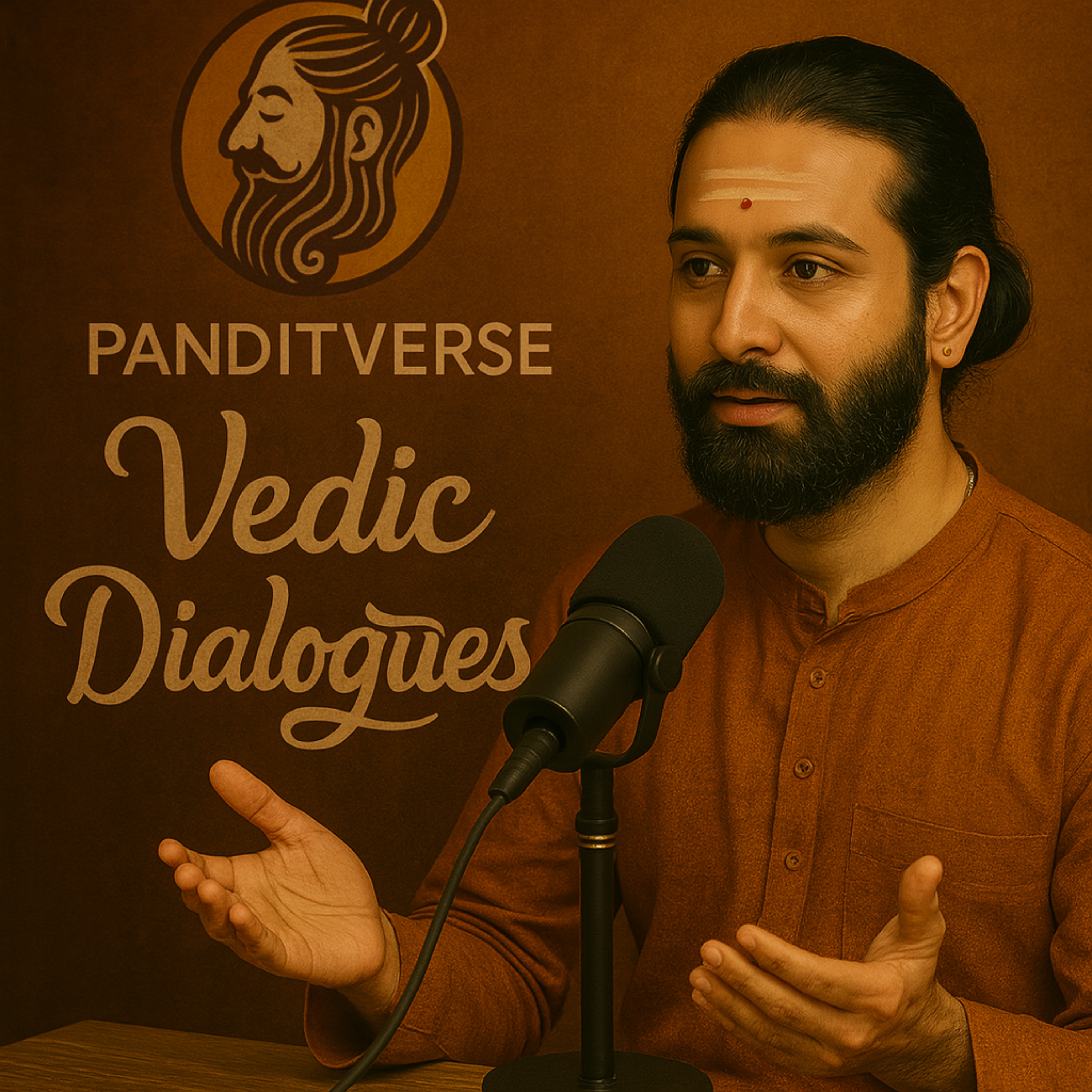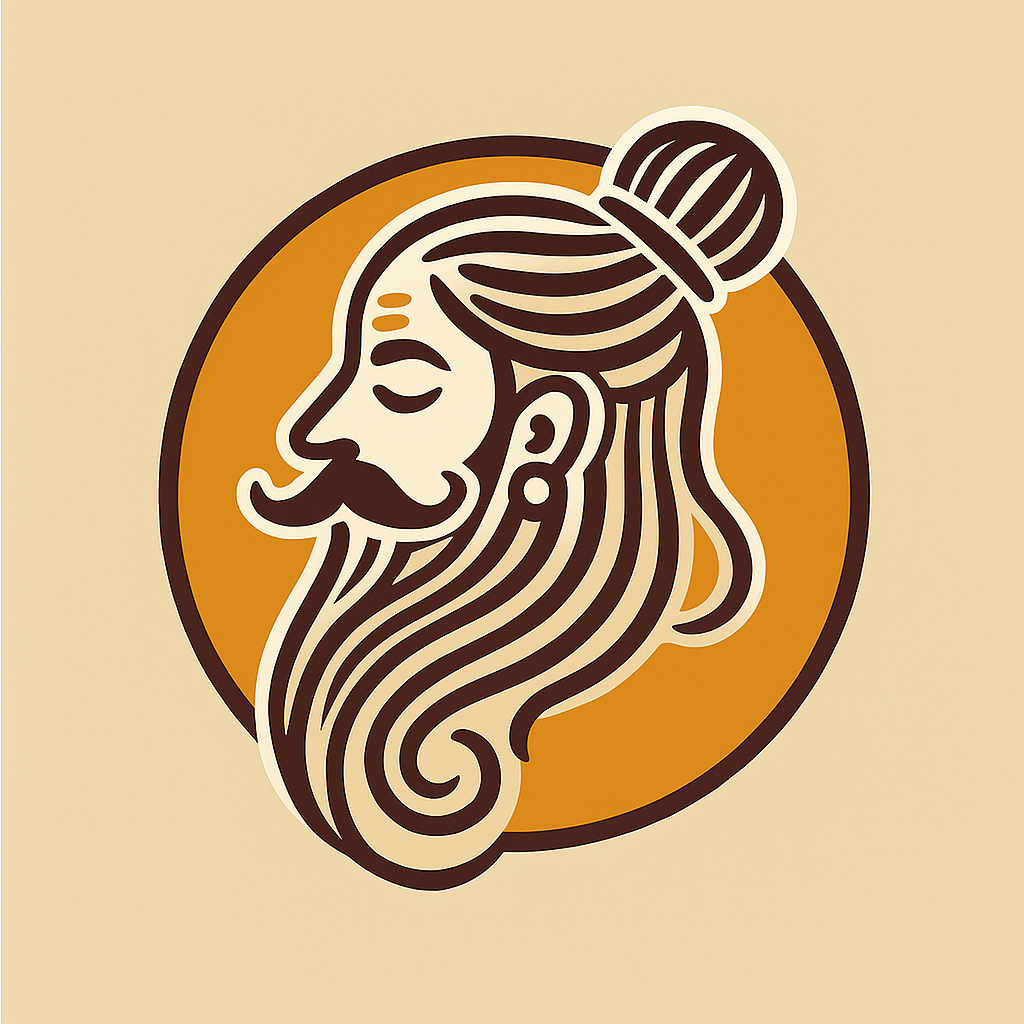
Shiva and the Trimurti: The Cosmic Cycle of Creation, Preservation & Destruction
welcome to vedic dialogues, a space where timeless sanatan wisdom flows like the sacred ganga from shiva’s locks.
in this powerful episode, we begin with mahadev — shiva, the great transformer. from his form as nataraja to his stillness on mount kailasa, we explore his deeper cosmic role during the sacred month of shravan.
we then unfold the broader concept of the trimurti — brahma the creator, vishnu the preserver, and shiva the transformer — three aspects of the eternal cycle of the universe.
each deity’s symbolism, role, and spiritual relevance is discussed through puranic stories and vedic philosophy.
this conversation is based on available sources via internet and ai, and your thoughts make it complete.
please share your perspective — every view adds value.
—
Typical Sanskrit/Hindi Words used in this episode
1. trimurti – hindu trinity of brahma (creator), vishnu (preserver), and shiva (destroyer)
2. tridev – another name for the trimurti; literally means 'three gods'
3. shravan – sacred month in the hindu calendar dedicated especially to lord shiva
4. neelkantha – 'blue-throated' form of shiva after he drank the halahala poison
5. nataraja – shiva as the cosmic dancer who performs the dance of creation and destruction
6. ardhanarishvara – composite form of shiva and parvati, representing masculine and feminine unity
7. kailasa – the mythological mountain abode of lord shiva
8. nandi – the sacred bull who serves as the mount (vahana) of lord shiva
9. sheshnag – the cosmic serpent on whom vishnu rests
10. vaikuntha – the divine abode of lord vishnu
11. ganga – the holy river believed to flow from shiva’s matted hair
12. rudra – an early vedic form of shiva representing his fierce aspect
13. shankara – a benevolent and auspicious form of shiva
14. brahman – the ultimate formless reality in hindu philosophy
15. shaivism – tradition within hinduism that considers shiva as the supreme deity
16. vaishnavism – tradition within hinduism that regards vishnu as the supreme god
17. shaktism – tradition that sees the goddess (shakti) as the supreme reality
18. smartism – tradition that treats all deities as equal forms of brahman
19. advaita vedanta – a non-dualistic school of hindu philosophy focusing on oneness of atman and brahman
20. tandav – the fierce dance of lord shiva symbolizing cosmic destruction
21. lasya – the graceful dance representing creation, usually associated with parvati or feminine energy
22. puranas – ancient hindu texts that narrate legends, mythology, and traditions
—
🏷️ hashtags
#vedicdialogues #shiva #trimurti #tridev #sanatandharma #hindupodcast #spiritualindia #brahmavishnushiva
#shravan #mahadev #nataraja #shivawisdom #tridevmeaning #vedicgyan #spiritualtalk
🔍 search terms
shiva and trimurti
trimurti explained
who are brahma vishnu shiva
shiva in shravan month
tridev meaning in hinduism
brahma story
vishnu avatars
shiv bhakti podcast
shiv vishnu brahma roles
shiv ka mahattva
shravan month importance
nataraja meaning
shiva in vedas
tridev and cosmic cycle
brahma worship reason
vishnu preservation role
shiva significance
mount kailash story
shiv tandav explanation
who is tridev
tridev aur ved
shiv vishnu difference
shiva podcast hindi
spiritual podcast india
hinduism explained
trimurti roles
sanatan podcast
shiv ka roop
shakti and trimurti
shiva discussion
brahman and tridev
vedic dialogues podcast
shiv nandi
sheshnag and vishnu
ganga from shiva
shiv third eye meaning
advaita vedanta and trimurti
shiv parvati story
sanatan dharma depth
brahma vishnu shiv connection
bhagwan shiv
shravan somvar
shivratri meaning
shiv as destroyer
shiva transformation
hindu trinity
hindu gods explained
tridev significance
hinduism podcast
